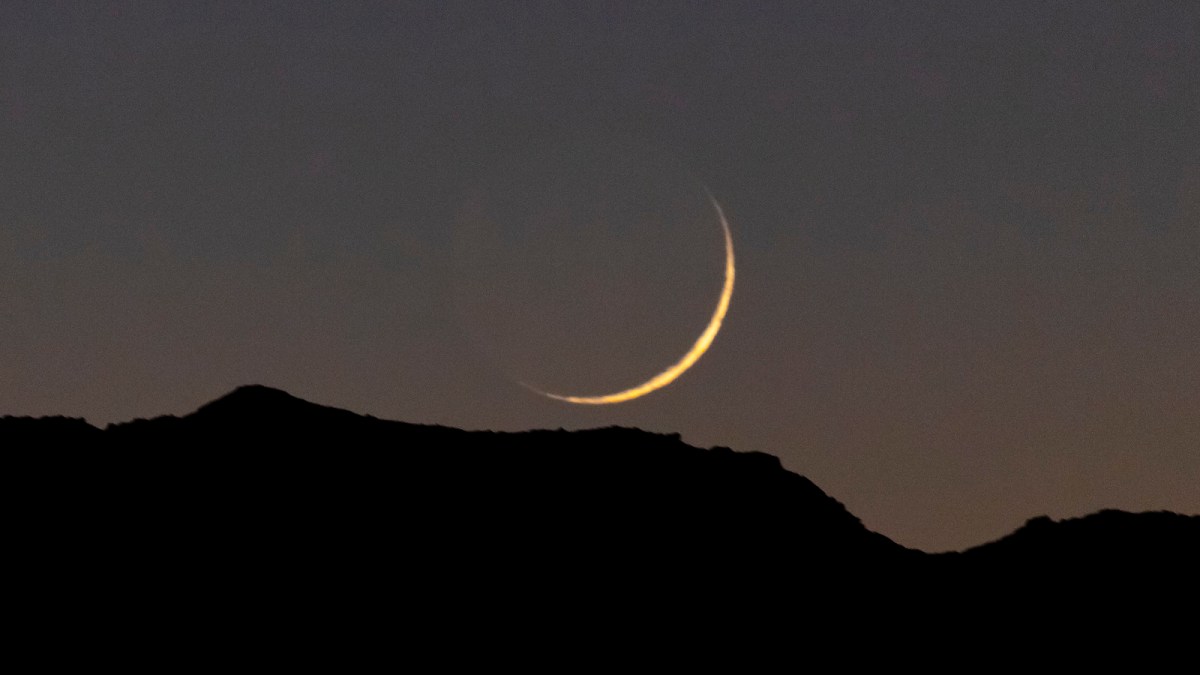You may not know that this year witnessed a difference between the Arab countries in determining the beginning of the month of Sha’ban. In some countries such as Kuwait, Qatar, Egypt and Saudi Arabia, Rajab was only 29 days long, and Sha’ban began on Tuesday, February 21, and in other countries such as Jordan and Morocco, it was Rajab. 30 days and Sha'ban began on Wednesday.
And the Arab countries differ among themselves (or agree) according to their concept of vision, which is the main criterion for determining the beginnings of the Hijri months according to Islamic law, which means that specialists from the Sharia bodies go out to search for the crescent after sunset on the 29th of the Hijri month.
However, vision is a broad concept, and here overlap occurs. Some may define it by seeing with the eyes, others by telescopes, and a third group believes that astronomical calculation is a form of vision, and most Arab countries see the integration of astronomical calculation into other forms of vision to give an integrated and correct view.
lunar cycle
And speaking of the astronomical calculation, we need to understand the moon’s cycle around the earth, which is something that you can observe accurately. For example, go out on the first day of the Hijri month to the balcony and look for the crescent, you will find it close to the horizon immediately after sunset, after that go out on the second day of the Hijri month with the same Appointment and look for the crescent.
In this case, you will notice that it has become higher in the sky compared to what happened the previous day, and if you decided to go out day after day at the same time, you would find that the moon rises in the sky every day to be higher than the one before it.
These are simply the features of the Moon's cycle around the Earth, which takes place in about 28 days.
But if we assume that you will go back in time to the previous day, you will find that the moon is approaching the horizon, and if we extend the line straight, you will find that at some point the moon will be standing next to the sun in the sky, and this actually happens and is called the central conjunction, and it is the moment when the moon stands to Next to the sun in the sky, for us on earth.
Of course, we cannot see the moon in this case, but the astronomical calculation can accurately determine its date.
For example, in the case of the month of Sha’ban, the central conjunction took place on Monday, February 20, 2023 at 10:06 am Mecca time, leaving only about 8 hours for it to move away from the sun, until the specialists from the legal bodies left before sunset and searched for it in the sky, which is a period A short period of time means that it is very difficult to spot the crescent, and that is what created the difference this year.
Ramadan agreement
However, this dispute, as it seems, will not continue for the month of Ramadan, because the central conjunction will occur on Tuesday, March 21, 2023 at 20:23 Mecca time. It will be in the sky before sunset, which means that this will be announced on Wednesday, completing Sha’ban, and Thursday, the beginning of the blessed Ramadan.
As for the countries that started Shaaban late, they will, accordingly, be delayed by an additional day in sighting, and therefore the legal bodies will go out to search for the crescent on Wednesday, March 22, and here it will have passed since the moment of central conjunction for more than 20 hours, which allows the moon to be seen clearly for all Monitoring tools, including the naked eyes, and therefore it is likely that these countries will announce the end of Sha`ban, and the beginning of Ramadan will also be on Thursday.
Which means in the end that it is likely that all Arab countries will agree on the beginning of Ramadan this year, to be Thursday, March 23.

